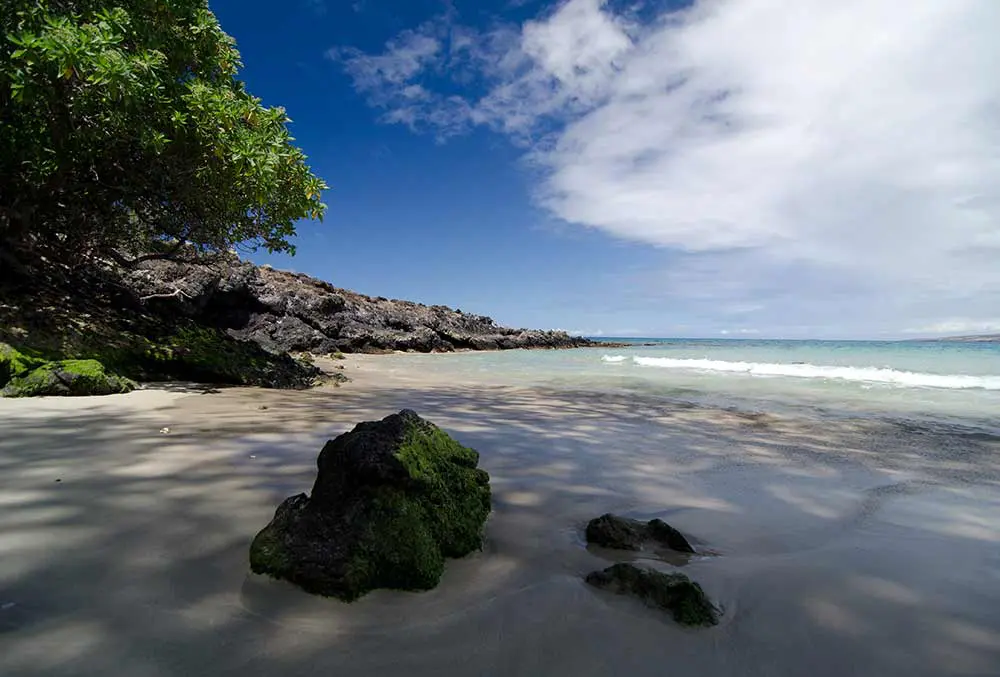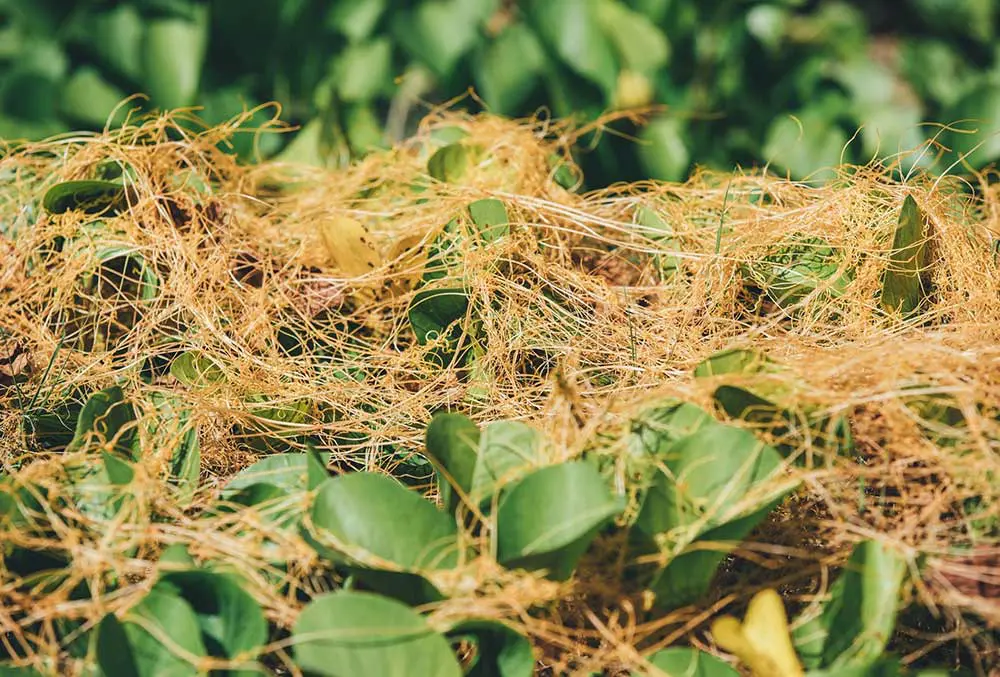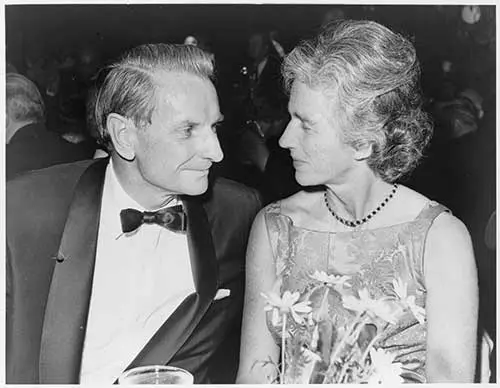Jun 3, 2021
Kauna‘oa, Sands of Time

This place is Kauna‘oa. It shares the name with a fabulous plant, the orange dodder, a tangle of threads which thrives in salt air and lives without roots in the earth. Beautiful for lei, kauna‘oa grows on naupaka and other plants; it floats above the sand. This beach, this place Kauna‘oa is part of a larger area called ‘Ōuli, “omen.”
A handful of sand, closely observed, reveals much about the place. In a handful of sand, there may be flecks of black lava or green olivine, the white grains of old corals, fragments of sea shells, water worn glass. There may be bits of plastic or rusty metal. These things talk about what has happened before. A handful of sand tells a lot.

The sand may teach us too about responsibility, kuleana—that where people walk today, others have walked before, living in their moment with the cumulative history and energies of people before, and animals, plants, the winds and streams and walking of the waves. Whoever comes to this beach helps carry the kuleana for Kauna‘oa, and one day someone will find particles from our lifetime in their own, momentary, handful of sand.
Yesterday, children played here. They built a sandcastle. They chased the tiny ghost crabs skittering across the hard sand at the water’s edge. They got a little sunburnt and cried when it was time to go in. Weeks and months ago, couples stood at sunset, white gowned, barefooted, to say their wedding vows; families scattered ashes of a loved one in their most beloved place. Winds of change blew thoughts to sea, thoughts of retirement, graduation, new marriages, babies, birthdays, new ventures. And old ones.
Over 60 years ago, Laurance S. Rockefeller may have picked up a handful of sand, and filtered through his fingers particles once touched by ancient fisherman or warriors. Perhaps they were touched by King Kamehameha I or his advisor, the Englishman John Young, by Parker Ranch paniolo families at play, or U.S. Marines training for war. The sand may hold the stories of kings and queens, of great hopes, and ghosts, and mysteries.

He wasn’t a global leader or a spiritual leader. He’s not the most famous human to have walked here. But he was the only human at this place, at that time, that could have made this place what it is. You know the story, Rockefeller (LSR) was invited by Governor William Quinn. Hawai‘i had just become a state in 1959, and the governor knew the sugar cane economy was failing. He chose to embrace change, to invite it, in the form of LSR, a man they called a “venture capitalist” and also “conservationist,” when those words themselves were new. He had purchased thousands of acres in other beautiful places, remote, unspoiled places, and created luxurious accommodations there. Accommodations for wealthy Americans to escape to. And he gave thousands more acres to the National Park Service to defend against encroachment by civilization.
He was a man who influenced civilization, who surfed on the crest of civilization, but he—believed is too soft a word—he knew that humans needed to be un-surrounded by manmade things; they needed nature. LSR walked in it. He spent time with trees and mountains. He swam in the ocean and sailed far. He did not conquer nature. He defended her. He would defend this place.
Watch the video above, about the history of Mauna Kea Beach Hotel!
Before that day in 1960, this patch of sand was owned by Parker Ranch, as was the long strand around the point called Hapuna. During WWII, that point was used for gun emplacement, shortly after the attack on Pearl Harbor. Assigned to a local family, it was their responsibility to watch for submarines off the coast. This was part of the lease arrangement with sixth-generation Parker Ranch heir Richard Smart, who, for the sum of $1 a year rented Uncle Sam the Waimea fields that became Camp Tarawa, for land training, and the beaches far below, for amphibious training.
Back farther, about 1903, we see Parker Ranch manager A.W. Carter acquiring the 4,000 acre lands of ‘Ōuli, which included Kauna‘oa, from the holdings of Mrs. Emma Rooke, who would become Queen Emma. Carter’s purchase expanded the Parker dynasty, founded by Richard Smart’s ancestor John Palmer Parker, an English sailor who came to the island in 1816. He, and his musket, found favor with King Kamehameha I, who tasked him with controlling the wild cattle, running rampant over the countryside.
A gift from George Vancouver years earlier, the first cows were thin and sickly, so the King set them free in the Waimea uplands and placed a kapu, a hands-off, on the lot. Within a few generations, they were a dangerous and dominant force to be reckoned with. Parker dispatched many with his musket, and was rewarded with land. Soon he married an ali‘i chiefess and began to raise cattle of his own. They obtained other lands, and their family grew along with the Parker Ranch At its peak, it was the largest private ranch in the world, with 250,000 acres.
“‘Āina Paka” included the stretch of coastline that contained some of the island’s best beaches, at Kauna‘oa, Hapuna, and ‘Anaeho‘omalu, used as recreation retreats for Ranch employees. Kawaihae harbor, to the north, was for work. Paniolo drove cattle down from Waimea, and made them swim out to waiting ships, guided by specially trained horses. After a long day, the cowboys took time off to kick up their heels in town, and sometimes turned horses loose to run on the beach.
Before Parker Ranch, this patch of sand belonged to James Kanehoa Young, son of another English sailor, John Young, who found his way into the court of King Kamehameha I before Parker ever shot his first cow. Young’s job was to train and muster Hawaiian warriors on a new and venerable new weapon, a ship’s cannon. Mounted on one of the king’s warring canoes, the cannon soon proved to be the deciding advantage in Kamehameha’s quest to rule all the islands.
Young and his ali‘i wife were given lands on several islands, and chose to make Kawaihae their home. Upon his death, the kuleana was passed to granddaughter Emma Rooke (who later became Queen Emma) and grandson James K. Young, among others, who inherited the region of ‘Ōuli, where rests our patch of sand.
Before then, before Young, we see these sands belonging to Kamehameha, the legendary ruler of Hawai‘i. Born in secret, he was protected and trained as a child to fight, and to lead. He rebuilt the great temple at Pu‘ukohola to fulfill the prophesy and unite all the islands as one kingdom.
He had received this patch of sand from another king, his uncle Kalani‘opu‘u who left it to him when died in 1782, along with most of west Hawai‘i. Before that, Kauna‘oa was part of the kingdom of Lonoikamakahiki, a descendant of Pili (a high chief from Tahiti). There is a story of Lono’s battle with his older brother Kanaloakua‘ana, whose rebel forces gathered near ʻAnaehoʻomalu. The battle was won by Lono, and the rebel chiefs fled north. Kanaloa said, “Let the (next) battle be at Kaunooa (Kaunaʻoa) where there is plenty of sand, and let it be fought there, so that when Lonoikamakahiki reaches the spot we would be in possession of the sand, so that whilst rubbing their eyes, the rocks will fly and victory will be ours.” (Fornander; Maly)
But the sand proved useless to the rebel forces and Lono was again victorious.
The battle was during the 1600’s, and it seems that human history, recorded history, paid little heed to Kauna‘oa prior to that time. But there are slivers of stories in the sand. Did a legendary goddess live nearby? Is this where Piliamo‘o and her two supernatural sons began their mythic adventures? Was it a kind of portal, a place set aside for travel between this earthly world and the next? There are references; they are veiled.
What we do know is what we feel. That Kauna‘oa was always beautiful. That with all the human activity to the north and south, and from ocean up to higher elevations, it seems to have been set aside, like a kipuka, an oasis in the lava. Set aside for Mr. Rockefeller. Perhaps.
Perhaps set aside for you, and me. To leave our footprints in these sands, and to share in our particles of kuleana to keep the care for this place, always. Because you are here. We are here. Because this intersection of present, past and future will never come again. And our stories will remain, entwined with those of the ones who came before, like the twisted strands of kauna‘oa.





